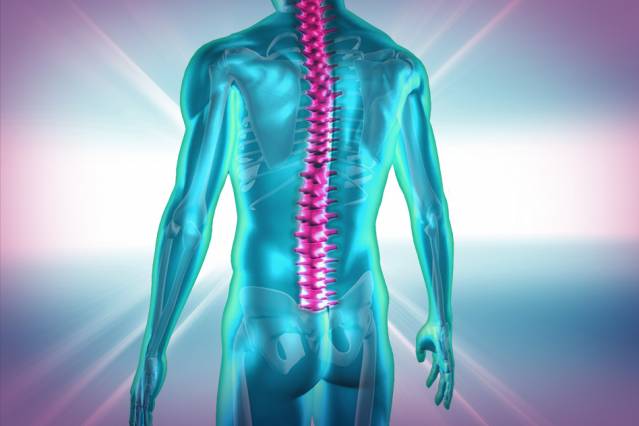
© Jose-Luis Olivares/MIT
I have written before about the Alexander technique, an approach to teaching the chronic pain patient how to avoid destructive muscular and mental tension during the course of everyday living. The basis for even considering such an approach is the assumption that most of us are not as completely aware of our Self as we interact with, and attempt to impact, the world beyond our skin.
Alexander believed that those of us who use our musculature inappropriately, over time, will lose the fine art of sensory appreciation of the world, which ultimately causes those so afflicted to suffer pain more easily and chronically, and may leave them somewhat emotionally muted when it comes to the most daily communications with our fellow humans. Forget about the deeper nuances of relationships.
Examples of repeated misuse of musculature include standing with one's weight unevenly distributed, holding one's head at an unnatural angle (as many of us do when showing others that we are listening), or just walking with an inefficient gait. Alexander set out to right these psychophysical wrongs: fixing physical and psychological wounds, by patching up the physical defects first.
Unfortunately, it has been difficult to "prove" there is anything to the Alexander technique. Until, perhaps, an article that appeared in the "Annals of Internal Medicine" a couple of months ago.British researchers from the University of York conducted the first randomized controlled trial to examine the effect of adding acupuncture or Alexander Technique exercises to usual care (medication and physical therapy) for chronic neck pain—and they found promising improvements in pain reduction and self-efficacy.
All subjects received usual care and were randomly assigned to acupuncture (12 sessions, each 50 minutes long, for 600 minutes total), to Alexander Technique (up to 20 one-on-one sessions, for 600 minutes total), or to usual care only. The investigators found statistically and clinically significant 12-month reductions in baseline pain sores with acupuncture and with Alexander lessons compared with usual care.
In addition, they reported significantly larger decreases in pain and disability in the acupuncture and Alexander groups at 3 and 6 months, and significantly larger improvements in mental health scores at 12 monthsThe authors of this article remind us that, for acupuncture, longer-term effects are likely associated with acupuncture-related diagnostic explanations linked to self-care in the form of lifestyle advice. Just as significant, Alexander lessons offer practical training in self-observation and subtle behavioral change, allowing modulation of muscle tone that improves functioning.
Because people must continue applying what they learn to gain long-term benefit, both interventions are likely to be more suitable for those motivated to engage in self-care. This view is supported by evidence showing that self-efficacy in pain management increased after acupuncture or Alexander lessons and was associated with lower pain scores sustained for more than 6 months after the intervention ended.
Treatment of chronic pain is notoriously difficult.
Treatment, for most people, is yet more medications.
I imagine that the innovatively treated people in this study benefited from being exposed to kinder, gentler treatments and the attention that went with them, as compared to the standard 7mins consult resulting in a script for harsh painkillers and stomach-rotting anti-inflammatories.